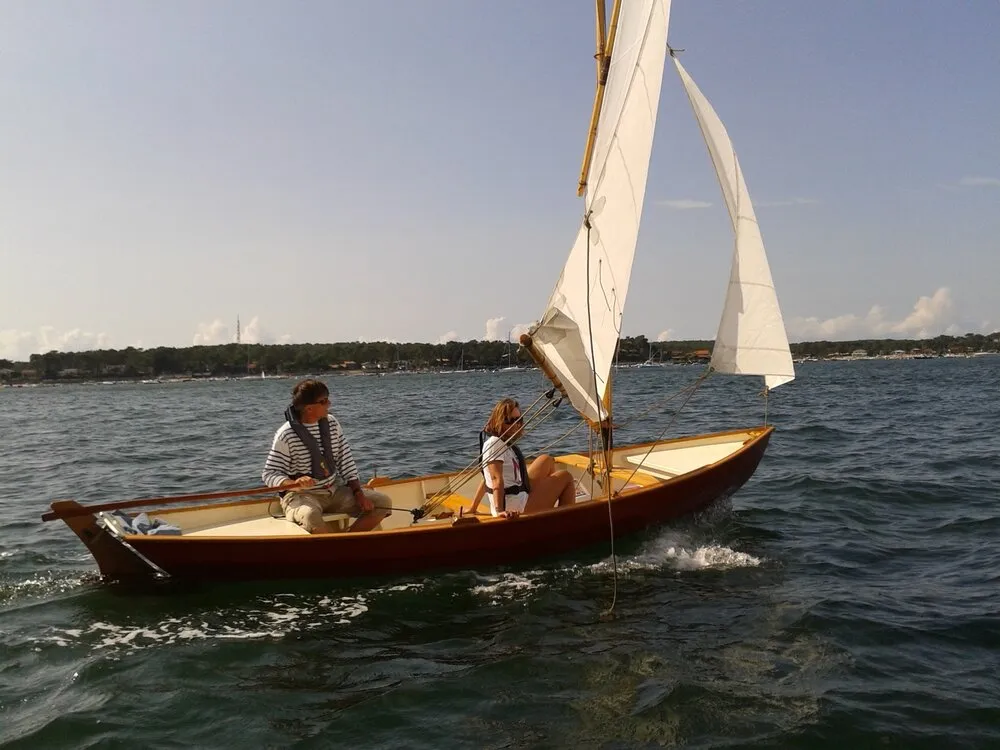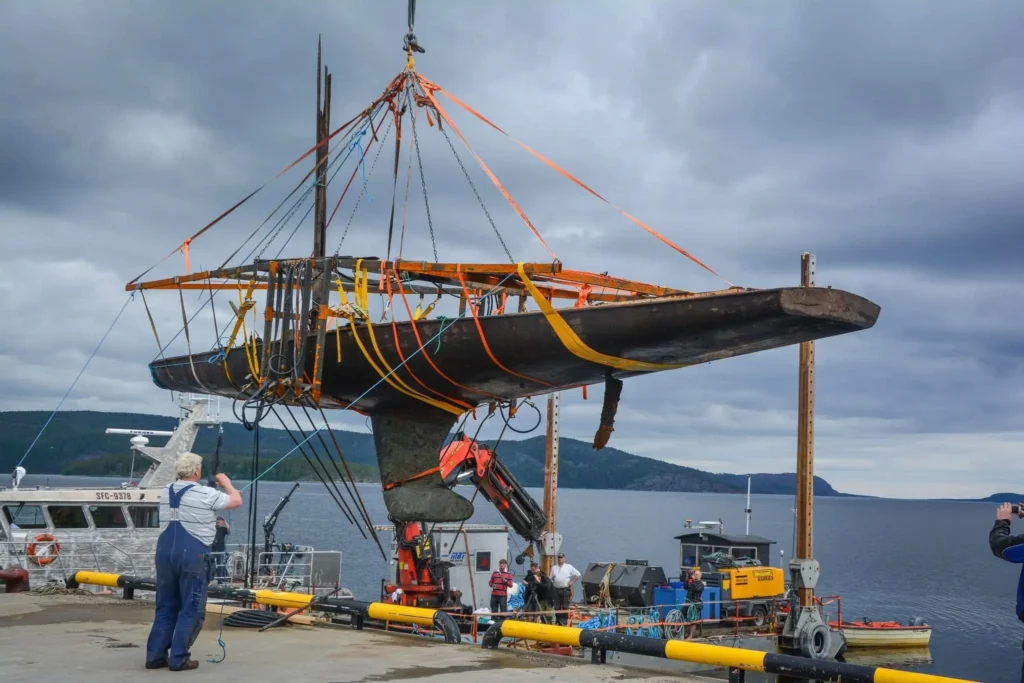
We manufacture Sailing Yacht for Sale Croatia and other EU Countries. Check our website for more info about sailing boats, classic motor boats and yachts
The structural arrangements of sailing yachts vary significantly depending on the vessel size, its mission, and the construction materials used. Small vessels less than 10 meters in length typically rely on the hull skin and deck for most of the structural support while yachts longer than 24 meters use a system of bulkheads, ring frames, and longitudinals to support the skins. An inshore vessel may have no bulkheads while ocean-crossing vessels may have multiple watertight bulkheads.
Traditional vessels constructed of carvel or lapstrake wood used a large number of frames to support the caulked planking and frame spacings of less than 0.3 meters were not uncommon. At the other extreme, modern composite yachts designed using a monocoque hull may have only two or three-ring frames and limited additional structure to withstand local loads.
Primary structural consideration is naturally given to the watertight integrity of the hull and deck, although this does not normally dictate the structural arrangement, except for the intrusion into the interior volume by the trade-off of hull skin thickness versus frame spacing and size. The primary structural considerations affecting the arrangement are:
- Rigging loads and components
- Keel support
- Engine support
- Steering system
- Accommodation
- Watertight bulkheads
Sailing Yacht for Sale

The two with the greatest impact on the structural arrangement are the rig and the keel. A typical sailing yacht has a single mast supported by tensioned stays and shrouds. When the vessel heels the tension in the windward shrouds increases and the compression loading of the mast tube also increases.
This large point load is traditionally dissipated to the hull shell through a rigid longitudinal mast step. On small or lightly loaded craft the mast step may sit directly on the hull plating similar in design to a central vertical keelson. On larger craft, the mast step sits on substantial floors. If the mast is deck stepped rather than keel-stepped a compression post takes the load from the deck to the keelson.
Examples of the impact of these loads on local deformations are shown in large ocean racing yachts and by coastal racers. Figures in the rig section show that the lower diagonal shrouds impart a transverse compression component in the deck and both shrouds place a large shear load on the hull. These are typically addressed through the use of a substantial main bulkhead in close proximity to the mast. On small craft, the main bulkhead and mast step may be combined. Longitudinal rigging loads are typically supported by the hull and deck, with deck girders rarely used unless panel buckling is a concern.
Keel support structural arrangement is strongly influenced by Classification Society standards which generally require a minimum of three substantial floors extending out at least to a pair of longitudinals and often beyond, to taper near the design waterline or continue on to form ring bulkheads. This primary set of longitudinals often taper toward the centreline behind the keel to transition to engine beds on craft under 12
meters.
Manufacturing of a Sailing Yacht
Forward, the longitudinals support the mast step floors and reinforce the hull shell in the slamming area. Production considerations influence the structural arrangement on series-built vessels in that joiner work and furniture are often molded separately from the hull and are lightly joined to the hull using adhesives. In custom performance yachts the furniture and joinery can be integrated into the structure resulting in a significant weight saving.
Figure 6 shows the structural arrangement of a 24-meter custom performance cruising yacht built in 2005 as analyzed in a finite element model. Forward watertight bulkhead and the substantial keel floors are evident. Composite structural joinery work panels support the hull and deck and much of the forward furniture is designed to reinforce the hull in the slamming area.
A growing trend is toward monocoque construction to reduce weight, construction costs, and interior encroachment. Figure 6 shows the structural arrangement of a 25-metre racing yacht analyzed in a finite element model. Substantial bulkheads forward and aft of the mast step withstand rigging loads three times higher than that of the cruising yacht in Figure 7.
The aft bulkhead additionally supports a keel whose righting
moment is also three times larger than the cruising yacht’s. Partial bulkheads outboard of the keel structure support genoa tracks and small, lightweight longitudinals and ring frames forward resist panel deformation. Deck girders are required to handle the large deck compression loads and the small bulkheads aft support the backstays and mainsheet track.
